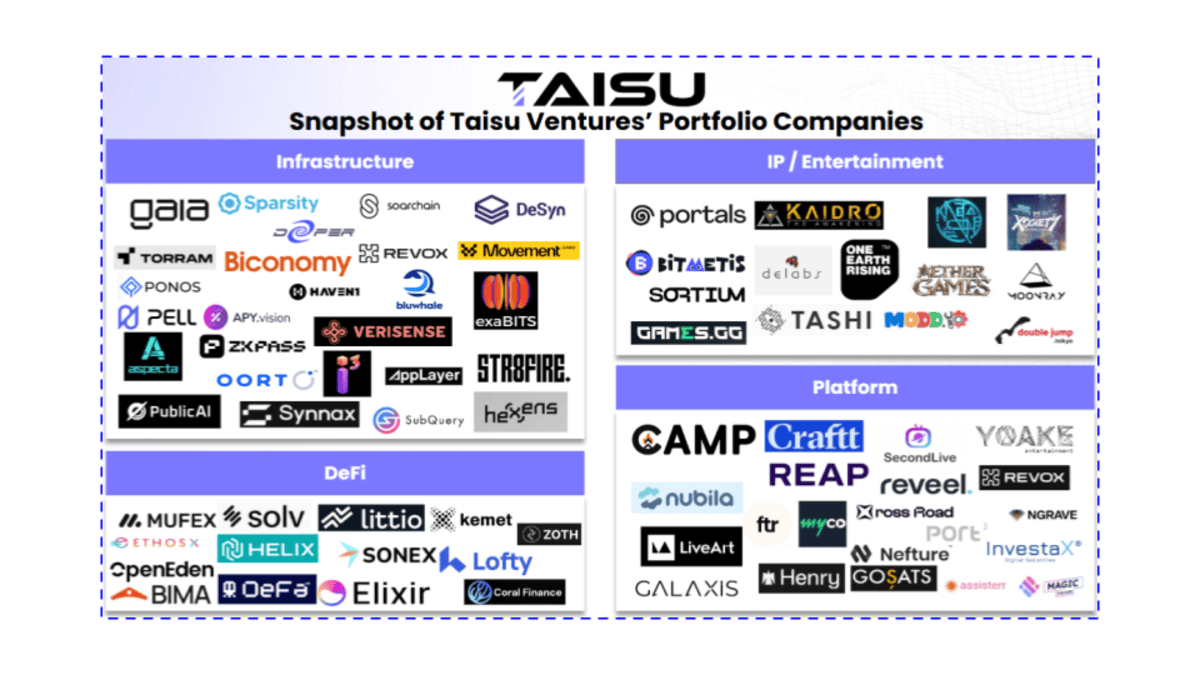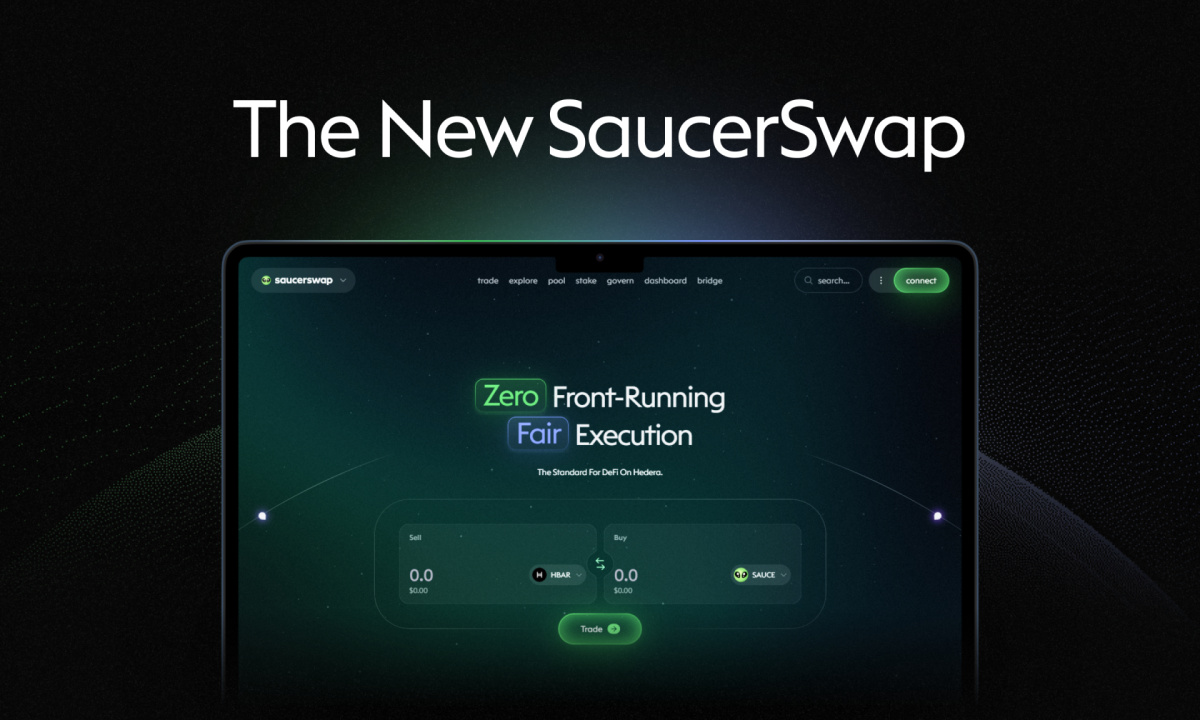In today’s world, people with a slight understanding of cryptocurrency and NFTs are aware of Web3.
Though highly technical terms can make Web3 incomprehensible, it is not as challenging as it looks.
Web 1.0 and 2.0 – The Precursors of WEB3
Before Web3 became an influential actor in the digital scenario, there were Web 1.0 and Web 2.0. Web 1.0 was the internet’s first version, dating back to the 90s. Web 1.0, better known as the World Wide Web, comprised a complex interface of interrelated web pages and hyperlinks.
Following this period came Web 2.0, which transformed the age of the internet, converting it into a platform of information and interaction.
Consequently, the period also witnessed the rise of e-commerce and social media platforms like Twitter, Instagram, and Facebook.
However, the genesis of Web3 lies in the drawbacks found in Web 2.0, where companies breached the security and confidentiality of information of individuals.
These companies not just stored sensitive information but also sold them, which threatened users’ privacy.Â
What Is a Web3 Browser?
To understand Web3 browsers, one first needs to grasp the concept of Web3.
Gavin Wood, one of the co-founders of Ethereum cryptocurrency, coined the term “Web3” or “Web 3.0” in 2014. He used it to refer to anything related to the next generation of the internet, which is said to be dealing with a highly decentralized digital infrastructure.
Web3 is essentially the home to a wide variety of decentralized apps, also called DApps. It consists of decentralized versions of games, financial tools, social media, and much more.
Thus, as the name suggests, Web3 browsers are browsers that provide individuals access to Web3.
These browsers help users interact with DApps built on blockchain technology.
The main motto of Web3 browsers is to create the next-generation internet which is assessable to the masses with the help of technologies like artificial intelligence and Metaverse.
Since a crypto wallet is a fundamental tool required for connecting to Web3, every Web3 browser has some form of crypto wallet capability.Â
Unique Features of a Web3 Browser
The following are the unique features of a Web3 browser:
- Meticulous security and transparency of action
- Expeditious browsing performance
- Guaranteed anonymity and confidentiality of actions and sensitive information
- The ability to integrate cryptocurrency wallets with the help of multiple blockchainsÂ
- Decentralization, which allows complete control of the users over the content produced by them
- An immutable interface, that is, allows the users to download the content the way the producer has intended without allowing changes.
- Adaptable search engines that allow individuals to find microcontent texts automatically tagged in Web3
As mentioned above, one of the features of a Web3 browser is that it allows individuals to integrate crypto wallets to help them access Web3.
Now, while adding extension-based cryptocurrency wallets to any Web3 browser is easy, adding fake versions of these extensions is equally easy. Scammers often take this route as it is easier to lure users into buying them. Naturally, they can access the user’s information in the process. Thus, some Web3 browsers have built their crypto wallet in the browser to combat this.Â
How Do Web3 Browsers Work?
Web3 browsers provide the common masses with limitless access to the world of decentralized apps and digital economies. By using cryptography and public blockchains, Web3 browsers place the control in the hands of users.
Thus, it essentially wiped out centralized institutions. Under the framework of Web3, individuals do not need to surrender their personal information anymore.Â
In addition, Web3 browsers reward their users financially for interacting with a wide variety of content or viewing advertisements on decentralized social media platforms.Â
Web3 wallets can be incorporated into standard web browsers, ensuring users flexible access to DApps, unrestricted by third parties, while maintaining full ownership of personal assets.
In addition, users can access the Web3 economy without going through any mandatory KYC or AML procedures. However, although one can store crypto assets in Web3 wallets and manage them effectively, unlike custodian funds, they may lose their assets in case they lose the seed phase of such wallets.
Some of the most popular Web3 browsers available to individuals despite their level of knowledge regarding the world of decentralized tech, are Opera, and Brave,Â
Thus, Web3 browsers are decentralized applications that allow users to keep ownership of their data and share the revenue.
Without any doubt, these browsers have essentially revolutionized the internet.
Still, at the same time, keeping the standard functionality of browsers like Chrome and Firefox intact made the world of decentralized informatics more flexible.









